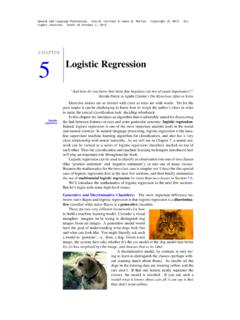Transcription of (COMPUTER SCIENCE AND ENGINEERING/CS)
1 COMPUTER SCIENCE AND ENGINEERING/CS Curriculum & Evaluation Scheme (VII & VIII semester) Page 1 DR. ABDUL KALAM TECHNICAL UNIVERSITY, UTTAR PRADESH, LUCKNOW EVALUATION SCHEME & SYLLABUS FOR B. TECH. FOURTH (IV) YEAR (COMPUTER SCIENCE AND ENGINEERING/CS) AS PER AICTE MODEL CURRICULUM [Effective from the Session: 2021-22] COMPUTER SCIENCE AND ENGINEERING/CS Curriculum & Evaluation Scheme (VII & VIII semester) Page 2 (COMPUTER SCIENCE & ENGINEERING/CS) CURRICULUM STRUCTURE SEMESTER- VII Sl. No. Subject Subject Periods Evaluation Scheme End Semester Total Credit Codes L T P CT TA Total PS TE PE 1 KHU701/KHU702 HSMC -1 / HSMC-2 3 0 0 30 20 50 100 150 3 2 KCS07X Departmental Elective-IV 3 0 0 30 20 50 100 150 3 3 KCS07X Departmental Elective-V 3 0 0 30 20 50 100 150 3 4 KOE07X Open Elective-II 3 0 0 30 20 50 100 150 3 5 KCS751A The Department may conduct one Lab of either of the two Electives (4 or 5) based on the elective chosen for the curriculum.
2 The Department shall on its own prepare complete list of practical for the Lab and arrange for proper setup and conduct accordingly. 0 0 2 25 25 50 1 6 KCS752 Mini Project or Internship Assessment* 0 0 2 50 50 1 7 KCS753 Project 0 0 8 50 100 150 4 8 MOOCs (Essential for Hons. Degree) Total 12 0 12 850 18 *The Mini Project or internship (4 - 6 weeks) conducted during summer break after VI semester and will be assessed during VII semester. SEMESTER- VIII Sl. No. Subject Subject Periods Evaluation Scheme End Semester Total Credit Codes L T P CT TA Total PS TE PE 1 KHU801/KHU802 HSMC-2#/HSMC-1# 3 0 0 30 20 50 100 150 3 2 KOE08X Open Elective-III 3 0 0 30 20 50 100 150 3 3 KOE08X Open Elective-IV 3 0 0 30 20 50 100 150 3 4 KCS851 Project 0 0 18 100 300 400 9 5 MOOCs (Essential for Hons.)
3 Degree) Total 9 0 18 850 18 COMPUTER SCIENCE AND ENGINEERING/CS Curriculum & Evaluation Scheme (VII & VIII semester) Page 3 Departmental Elective-IV 1. KCS071 Artificial Intelligence 2. KCS072 Natural language processing 3. KCS073 High Performance Computing 4. KCS074 Cryptography and Network Security 5. KCS075 Design & Development of Applications 6. KCS076 Software Testing 7. KCS077 Distributed Systems Departmental Elective-V 1. KCS078 Deep Learning 2. KCS079 Service Oriented Architecture 3. KCS710 Quantum Computing 4. KCS711 Mobile Computing 5. KCS712 Internet of Things 6. KCS713 Cloud Computing 7. KCS714 Blockchain Architecture Design COMPUTER SCIENCE AND ENGINEERING/CS Curriculum & Evaluation Scheme (VII & VIII semester) Page 4 (CSE/CS) SEVENT SEMESTER (DETAILED SYLLABUS) Artificial Intelligence (KCS071) Course Outcome ( CO) Bloom s Knowledge Level (KL) At the end of course , the student will be able to understand CO 1 Understand the basics of the theory and practice of Artificial Intelligence as a discipline and about intelligent agents.
4 K2 CO 2 Understand search techniques and gaming theory. K2, K3 CO 3 The student will learn to apply knowledge representation techniques and problem solving strategies to common AI applications. K3 , K4 CO 4 Student should be aware of techniques used for classification and clustering. K2 , K3 CO 5 Student should aware of basics of pattern recognition and steps required for it. K2 , K4 DETAILED SYLLABUS 3 0 0 Unit Topic Proposed Lecture I INTRODUCTION : Introduction Definition Future of Artificial Intelligence Characteristics of Intelligent Agents Typical Intelligent Agents Problem Solving Approach to Typical AI problems. 08 II PROBLEM SOLVING METHODS: Problem solving Methods Search Strategies- Uninformed Informed Heuristics Local Search Algorithms and Optimization Problems Searching with Partial Observations Constraint Satisfaction Problems Constraint Propagation Backtracking Search Game Playing Optimal Decisions in Games Alpha Beta Pruning Stochastic Games 08 III KNOWLEDGE REPRESENTATION: First Order Predicate Logic Prolog Programming Unification Forward Chaining-Backward Chaining Resolution Knowledge Representation Ontological Engineering-Categories and Objects Events Mental Events and Mental Objects Reasoning Systems for Categories Reasoning with Default Information 08 IV SOFTWARE AGENTS.
5 Architecture for Intelligent Agents Agent communication Negotiation and Bargaining Argumentation among Agents Trust and Reputation in Multi-agent systems. 08 V APPLICATIONS: AI applications Language Models Information Retrieval- Information Extraction Natural Language Processing machine Translation Speech Recognition Robot Hardware Perception Planning Moving 08 Text books: 1. S. Russell and P. Norvig, Artificial Intelligence: A Modern Approach , Prentice Hall, Third Edition, 2009. 2. I. Bratko, Prolog: Programming for Artificial Intelligence , Fourth edition, Addison-Wesley Educational Publishers Inc., 2011. 3. M. Tim Jones, Artificial Intelligence: A Systems Approach (COMPUTER SCIENCE ) , Jones and Bartlett Publishers, Edition, 2008 4.
6 Nils J. Nilsson, The Quest for Artificial Intelligence , Cambridge University Press, 2009. 5. William F. Clocksin and Christopher S. Mellish, Programming in Prolog: Using the ISO Standard , Fifth Edition, Springer, 2003. 6. Gerhard Weiss, Multi Agent Systems , Second Edition, MIT Press, 2013. 7. David L. Poole and Alan K. Mackworth, Artificial Intelligence: Foundations of Computational Agents , Cambridge University Press, 2010. COMPUTER SCIENCE AND ENGINEERING/CS Curriculum & Evaluation Scheme (VII & VIII semester) Page 5 Natural Language Processing (KC072) Course Outcome ( CO) Bloom s Knowledge Level (KL) At the end of course , the student will be able : CO 1 To learn the fundamentals of natural language processing K1 , K2 CO 2 To understand the use of CFG and PCFG in NLP K1 , K2 CO 3 To understand the role of semantics of sentences and pragmatic K2 CO 4 To Introduce Speech Production And Related Parameters Of Speech.
7 K1 , K2 CO 5 To Show The Computation And Use Of Techniques Such As Short Time Fourier Transform, Linear Predictive Coefficients And Other Coefficients In The Analysis Of Speech. K3, K4 DETAILED SYLLABUS 3-0-0 Unit Topic Proposed Lecture I INTRODUCTION: Origins and challenges of NLP Language Modeling: Grammar-based LM, Statistical LM Regular Expressions, Finite-State Automata English Morphology, Transducers for lexicon and rules, Tokenization, Detecting and Correcting Spelling Errors, Minimum Edit Distance WORD LEVEL ANALYSIS : Unsmoothed N-grams, Evaluating N-grams, Smoothing, Interpolation and Backoff Word Classes, Part-of-Speech Tagging, Rule-based, Stochastic and Transformation-based tagging, Issues in PoS tagging Hidden Markov and Maximum Entropy models.
8 08 II SYNTACTIC ANALYSIS: Context Free Grammars, Grammar rules for English, Treebanks, Normal Forms for grammar Dependency Grammar Syntactic Parsing, Ambiguity, Dynamic Programming parsing Shallow parsing Probabilistic CFG, Probabilistic CYK, Probabilistic Lexicalized CFGs Feature structures, Unification of feature structures. 08 III SEMANTICS AND PRAGMATICS: Requirements for representation, First-Order Logic, Description Logics Syntax-Driven Semantic analysis, Semantic attachments Word Senses, Relations between Senses, Thematic Roles, selectional restrictions Word Sense Disambiguation, WSD using supervised , Dictionary & Thesaurus, Bootstrapping methods Word Similarity using Thesaurus and Distributional methods. 08 IV BASIC CONCEPTS of Speech Processing : Speech Fundamentals: Articulatory Phonetics Production And classification Of Speech Sounds; Acoustic Phonetics Acoustics Of Speech Production; Review Of Digital Signal Processing Concepts; Short-Time Fourier Transform, Filter-Bank And LPC Methods.
9 08 V SPEECH-ANALYSIS: Features, Feature Extraction And Pattern Comparison Techniques: Speech Distortion Measures Mathematical And Perceptual Log Spectral Distance, Cepstral Distances, Weighted Cepstral Distances And Filtering, Likelihood Distortions, Spectral Distortion Using A Warped Frequency Scale, LPC, PLP And MFCC Coefficients, Time Alignment And Normalization Dynamic Time Warping, Multiple Time Alignment Paths. SPEECH MODELING : Hidden Markov Models: Markov Processes, HMMs Evaluation, Optimal State Sequence Viterbi Search, Baum-Welch Parameter Re-Estimation, Implementation Issues. 08 COMPUTER SCIENCE AND ENGINEERING/CS Curriculum & Evaluation Scheme (VII & VIII semester) Page 6 Text books: 1. Daniel Jurafsky, James H. Martin Speech and Language Processing: An Introduction to Natural Language Processing, Computational Linguistics and Speech, Pearson Publication, 2014.
10 2. Steven Bird, Ewan Klein and Edward Loper, Natural Language Processing with Python, First Edition, OReilly Media, 2009. 3. Lawrence Rabiner And Biing-Hwang Juang, Fundamentals Of Speech Recognition , Pearson Education, 2003. 4. Daniel Jurafsky And James H Martin, Speech And Language Processing An Introduction To Natural Language Processing, Computational Linguistics, And Speech Recognition , Pearson Education, 2002. 5. Frederick Jelinek, Statistical Methods Of Speech Recognition , MIT Press, 1997. 6. Breck Baldwin, Language Processing with Java and LingPipe Cookbook, Atlantic Publisher, 2015 7. Richard M Reese, Natural Language Processing with Java, OReilly Media, 2015. 8. Nitin Indurkhya and Fred J. Damerau, Handbook of Natural Language Processing, Second Edition, Chapman and Hall/CRC Press, 2010. 9. Tanveer Siddiqui, Tiwary, Natural Language Processing and Information Retrieval, Oxford University Press, 2008.
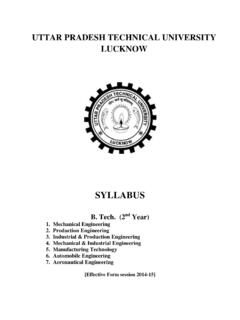
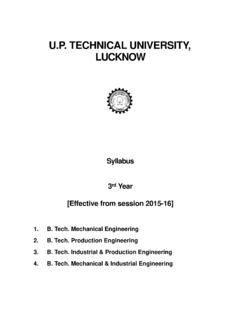
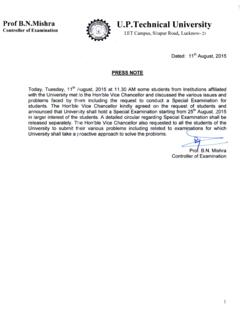
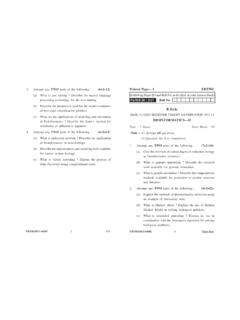
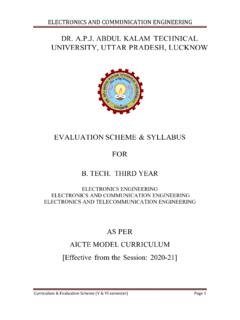
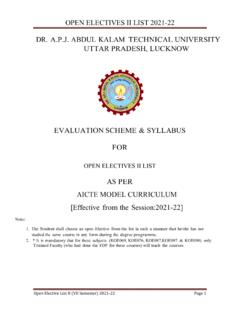
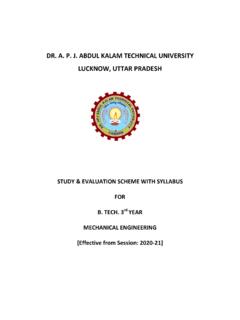
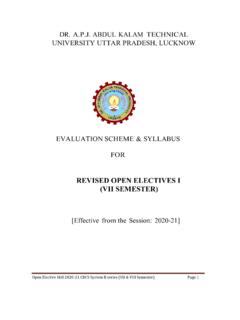
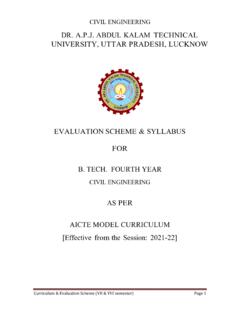

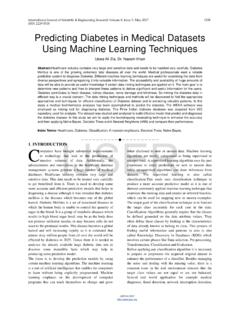

![YAQING WANG, arXiv:1904.05046v3 [cs.LG] 29 Mar 2020](/cache/preview/3/5/d/c/c/0/2/c/thumb-35dcc02c0934992d86d822db1ea8c679.jpg)
